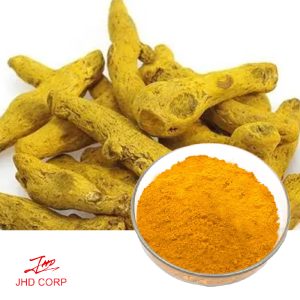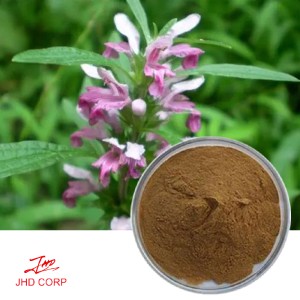How to differentiate between matcha powder and green tea powder?
Matcha powder and green tea powder are often confused due to their similar appearance and both being derived from the Camellia sinensis plant. However, there are distinct differences between the two that set them apart in terms of production, flavor, and usage.
Organic matcha powder is a type of green tea powder that is specifically made from shade-grown tea leaves. The leaves are carefully selected, steamed to prevent fermentation, dried, and then ground into a fine powder using traditional stone mills. This process is highly labor-intensive and requires meticulous care to preserve the vibrant green color and delicate flavor of the matcha.
On the other hand, green tea powder, also known as powdered green tea or powdered matcha, refers to any type of green tea leaves that have been ground into a fine powder. This can include various types of green tea, such as sencha, gyokuro, or bancha, which are not necessarily shade-grown like matcha.

One of the key differences between matcha powder vs green tea powder lies in their flavor profiles. Matcha is known for its rich, umami flavor with a slightly sweet undertone and a creamy texture. This is attributed to the higher chlorophyll and amino acid content in the shade-grown leaves. In contrast, green tea powder made from non-shade-grown leaves may have a more astringent or bitter taste, depending on the specific type of green tea used.
In terms of culinary uses, matcha powder bulk is often used in traditional Japanese tea ceremonies to make ceremonial-grade matcha, as well as in various culinary applications such as matcha lattes, desserts, and savory dishes. Its vibrant green color and distinctive flavor make it a popular ingredient in both sweet and savory recipes. On the other hand, green tea powder made from non-shade-grown leaves is more commonly used in everyday beverages or as a flavoring in recipes where a milder green tea flavor is desired.
When it comes to health benefits, both matcha powder and green tea powder offer a range of antioxidants and other beneficial compounds. However, due to the shade-growing process, matcha is known to have higher concentrations of certain nutrients, such as L-theanine and chlorophyll, compared to regular green tea powder.
In summary, while both matcha powder and green tea powder are derived from green tea leaves, they differ in terms of production methods, flavor profiles, culinary uses, and nutritional content. Understanding these differences can help consumers make informed choices when selecting the right type of green tea powder for their specific needs and preferences.














